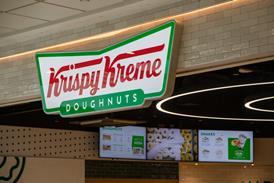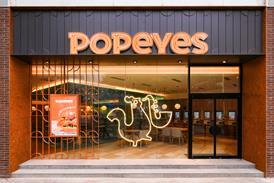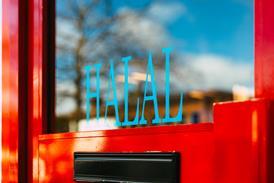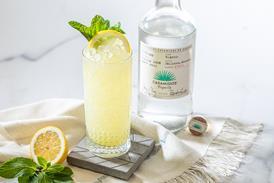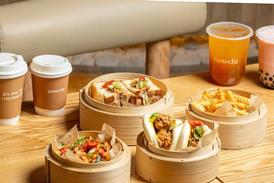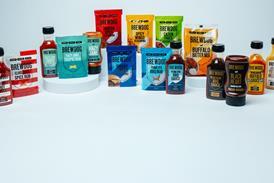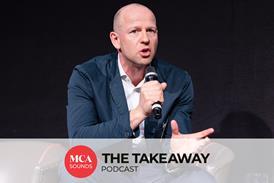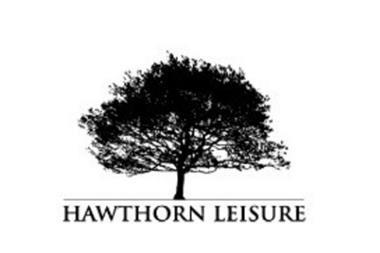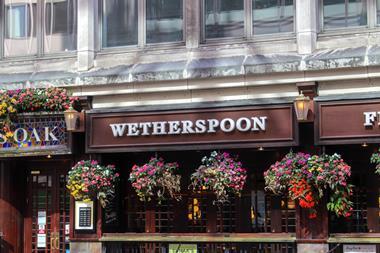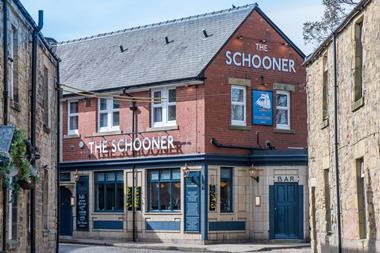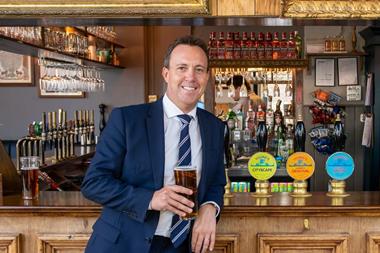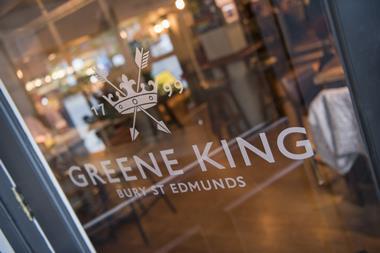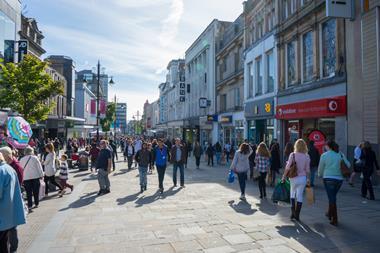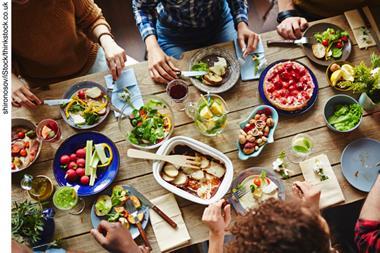Despite the noise surrounding the consumer sector, the pub M&A market is buoyant, with varied and competing investors alive to the attractions of the sector, according to AlixPartners’ Graeme Smith.
For many observers, it appears that the UK’s wet-led pub sector has been undergoing a renaissance over the last 18 months. As with many broad-brush trends, the narrative is more nuanced than that.
According to our latest Market Growth Monitor report with CGA, the number of drinks-led pubs and bars in Britain has tumbled by close to a fifth (17.2%) in the past five years – equivalent to nearly 26 (net) closures every week. By contrast, the number of food-led pubs and bars in that time has modestly increased by 2.1%. There are always exceptions but, in short, drinking pubs are struggling while dining pubs are faring much better. So far, so in step with broad and well-established demographic and social changes; namely Britain’s increasing appetite for informal eating out.
The bulk of pub closures have been of urban community venues and circuit bars. By June 2018, there were 17% fewer community and local pubs than five years earlier, and 17.9% fewer circuit bars. Rural pubs and, to a lesser extent, sports and social bars have also seen numbers drop.
Several other types of pub have performed much better, however. Branded food pubs have increased in number by 18.7% in the last five years, following moves by major pub companies to replace drinkled pubs with formats comprising a bigger food offer and wider appeal, along with strategies like Ei Group’s move to a ‘managed expert’ model, partnering with well-established entrepreneurial operators. Entertainment-focused pubs and bars – including ‘competitive socialising’ concepts like Swingers, Bounce and Flight Club – have also seen a surge in popularity.
At the same time, market dynamics currently favour pubs over restaurants. The pub supply correction is well progressed, while in the restaurant market it is just beginning. Recent trading illustrates the relative resilience of pubs, especially when compared with their casual-dining restaurant cousins (a hot football World Cupinfused summer no doubt helped).
Listed company stability
Listed company multiples have stabilised over the past two years, again a clear contrast to restaurants, whilst transaction multiples have remained strong. Just looking at some of the deals that have already taken place in the sector since the start of the year – including NewRiver’s acquisition of Hawthorn Leisure; Fuller’s deal to buy Bel &The Dragon; and Alchemy’s purchase of Inn Collection – there has been a clear spread across trade and private equity buyers.
Punch has emerged as an acquisitive force in the sector over the past year, with the Patron-backed operator having been linked with a number of targets to grow its managed division following its purchase of Laine in May. Stonegate also remains an acquisitive powerhouse, having added Be At One and 15 bars from the Novus late night division to its stable through a double acquisition announced earlier in the year.
Valuations have remained strong for quality assets, particularly in the south-east, and lenders continue to be attracted to the sector, particularly freehold estates. Investors are also being attracted by the possibility of capitalising on the operational opportunities that exist within these businesses.
Food has been important for a long time, but what we are seeing is restaurant companies becoming more interested in pubs, whether that’s transplanting their menu and operations straight into pubs or simply wanting to open pub businesses within their portfolio. If you offer the same menu in a pub as in a restaurant, generally the net promoter score will be more positive in the pub environment; consumers just aren’t as particular or critical when dining against the relaxed and informal backdrop of a pub. This model has already proven successful for Brasserie Blanc and its White Brasseries model, while Mitchells & Butlers has recently entered into a joint venture with Ego Restaurants to aid the further roll out of its Ego in a Pub concept. M&B’s success with Miller & Carter also merits mention.
A new player has also entered the game in the shape of The Restaurant Group (TRG). While it is still getting to grips with the turnaround of its casual dining brands – Frankie & Benny’s and Chiquito - it is using its highly-regarded Brunning & Price pub estate to drive growth and some muchneeded positivity. It has also positioned itself to drive consolidations in the food-led, premium pub market – a new rival for the likes of City Pub Group, M&B, Fuller’s and Young’s. The recent c£15m acquisition of Food & Fuel gives it “a London-based cousin to Brunning & Price and a platform to make further inroads into the capital’s pub market”. It is reportedly ahead in the race to acquire the 21-strong, Midlands-based Peach Pub Company, and will now undoubtedly be linked to other portfolios.
Accommodation drives returns
Accommodation is also providing operators with a great way to convert unused space and drive demand at quieter times, such as breakfast, therefore driving returns over and above a pure pub operation. The Business Growth Fund-backed Coaching Inns Group, and the aforementioned Inn Collection are fine examples of this and it is a trend that we expect to continue and to attract further investment.
Pub and bar operators are also harnessing the trend for entertainment and competitive socialising, as referenced earlier in this article: witness the recent opening of The Box in Leeds by Arc Inspirations, which features a gargantuan shuffleboard among other attractions. The experience-side of leisure is a deep-seated trend, which pubs have specialised in for decades, but now requires reinvention and some new thinking. Looking at the market as a whole, it is still quite fragmented and there are a large number of sites across the sector where good retailing skills could really drive profitability and growth. Overall the market is buoyant at present, with activity across all its subsectors. We are also seeing good support from banks, who are standing behind companies’ growth plans. For businesses in the sector looking to grow, the good news is that there are a multitude of options, both across equity and debt. The bar is certainly open and we expect to witness plenty more moves from investors for interesting and high-quality pub businesses in the next 12 months, including a number of drink-led operations. Cheers!
Graeme Smith is managing director, corporate finance, at AlixPartners



